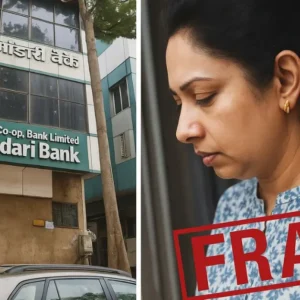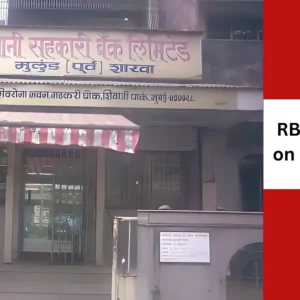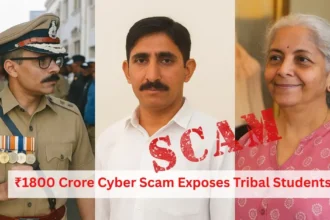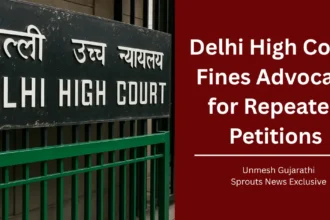Introduction
In today’s booming but untrustworthy real estate market, a growing number of Indian homebuyers are being caught in what’s now known as the “EMI Trap.” It’s a slick scheme where builders and banks work in tandem to lure customers with attractive home loan offers, only to leave them burdened with EMIs for unfinished homes or worse, homes that may never be completed at all. This blog dives deep into the machinery behind this systemic scam, exposes real-world cases, and provides guidance on how to avoid falling victim.
What is the EMI Trap?
At the center of the issue is a common financial scheme known as a “subvention plan.” In this setup, builders promise “No EMI ( debt trap) till possession” offers. It sounds great on paper: you book a house, the bank disburses a loan to the builder, and you don’t have to pay anything until you receive the keys.
But there’s a catch. Many builders, in collusion with banks or NBFCs (Non-Banking Financial Companies), push for the loan amount to be fully or substantially disbursed upfront often before construction even begins. Once this happens, if the builder delays the project or abandons it, the buyer is left paying EMIs on a house that doesn’t exist.
The Bank-Builder Nexus: Legal but Unethical
Banks are supposed to release funds in stages, linked to actual construction milestones (foundation, slab, roofing, etc.). However, due to pressure to meet loan disbursement targets and cozy relations with developers, some bank managers bypass this protocol. The result is a loan given to a builder with little or no accountability.
The builder gets the money. The bank locks in a long-term customer. And the buyer? They get monthly EMIs, years of delays, and in many cases, no home.
Case Study 1: Pune’s Unfinished Dream
In Pune’s Baner area, a 2021 residential project attracted over 120 buyers under a subvention scheme with a leading private bank. Buyers were promised delivery by December 2023. As of May 2025, construction has barely reached the plinth level.
Homebuyer Ritu Sharma shares:
“I trusted the builder’s brand and the bank’s name. I’ve been paying ₹36,000 a month for two years for a flat that hasn’t even taken shape. There’s no accountability. Who do I fight?”
The builder has gone silent. The bank refuses to pause EMIs. Legal notices have been sent, but the judicial backlog means resolution may take years.
Case Study 2: Noida’s Tower of Trouble
In Noida Extension, a 2019 project by a now-blacklisted developer received full disbursements for over 300 units. Construction stopped in 2022 after a financial scam involving diverted funds was unearthed.
Buyers, now locked in EMIs of ₹25,000–₹45,000 per month, have formed a legal collective. Many have exhausted their savings, others are living in rented flats while paying EMIs on empty plots.
Why Regulatory Systems Are Failing
Despite the establishment of RERA (Real Estate Regulatory Authority), enforcement remains weak. Builders find loopholes, such as not registering all phases of a project or delaying penalty payments. Banks, meanwhile, fall under RBI’s purview, but unless there’s massive fraud, disciplinary action is rare.
The lack of coordination between financial and housing regulators creates a blind spot — one in which these traps thrive.
Red Flags Buyers Should Watch For
- Too-Good-to-Be-True Offers: Any offer that includes “No EMI till possession” should be treated with caution.
- Tripartite Agreements: Always read the tripartite agreement between builder, bank, and buyer. Look for disbursement clauses.
- Site Visits: Visit the site before and after loan disbursements.
- Independent Legal Review: Always get property documents reviewed by an independent lawyer, not one recommended by the builder.
- Builder Credibility: Check previous projects, litigation history, and RERA complaints.
Also Read: 175 Thane Schools Operating Without Approval
What Can Be Done?
- Buyers should push for stage-linked disbursements and avoid projects where large sums are released upfront.
- Banks need stricter auditing and should be held accountable for reckless disbursals.
- RBI & RERA must create a joint task force to monitor these schemes and penalize violators in both sectors.
- Media & Whistleblowers need to keep the pressure on — public exposure is often the only driver of justice.
Conclusion: The Buyer Always Pays
In India’s real estate ecosystem, trust is often misplaced. Builders exploit it. Banks monetize it. And homebuyers? They carry the emotional and financial cost.
Until laws are enforced and financial institutions are made accountable, the EMI trap will remain an invisible cage — shiny from the outside, hollow within.
If you’ve been affected by such schemes or have a tip to share, reach out to SproutsNews. Your voice matters.












